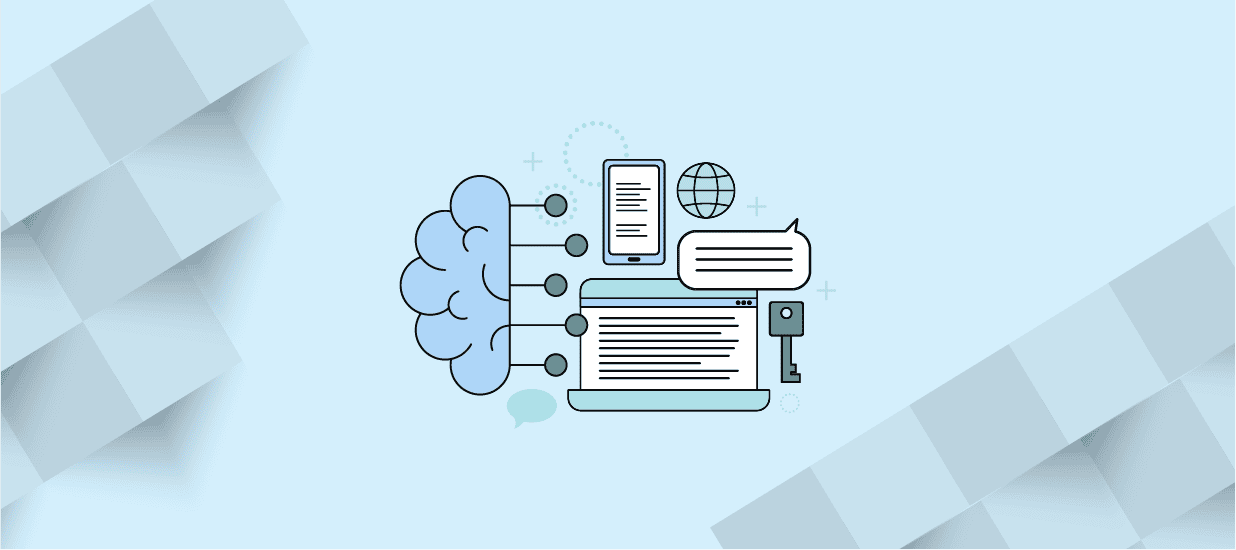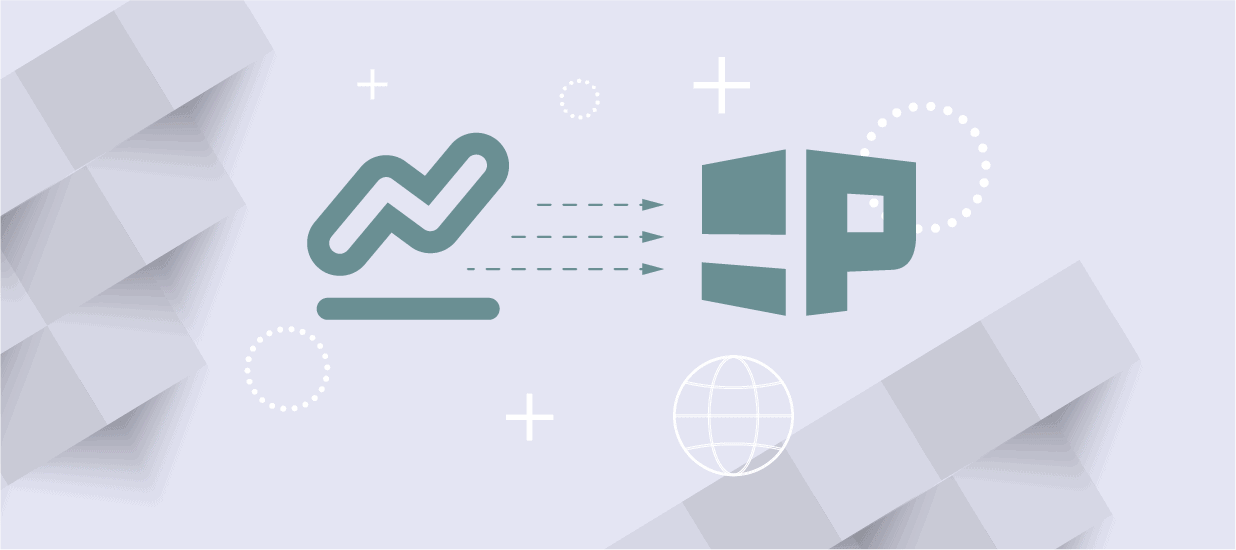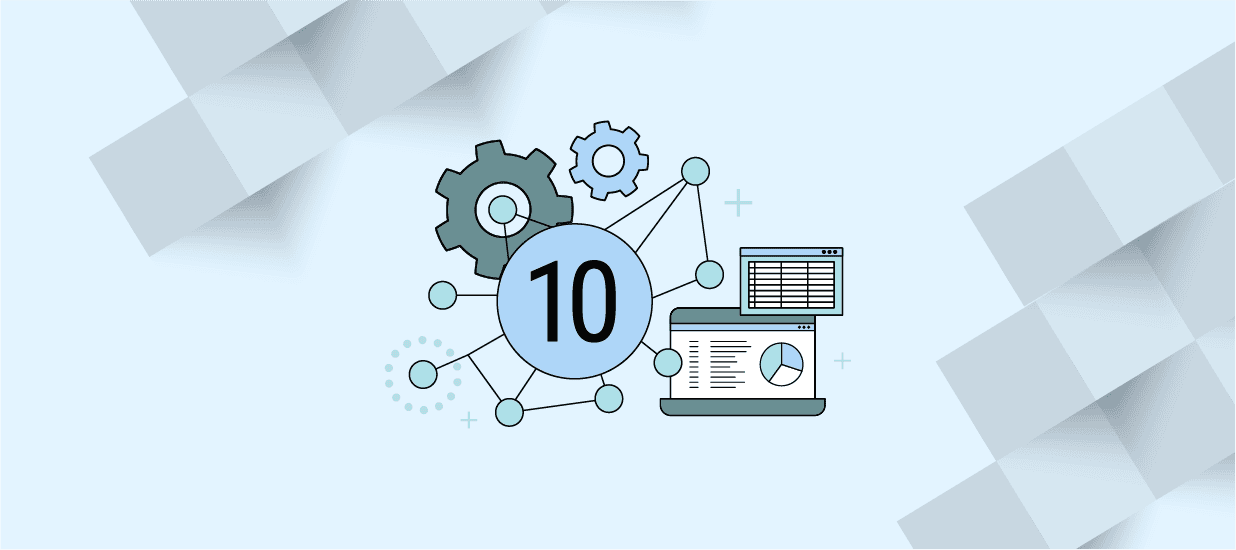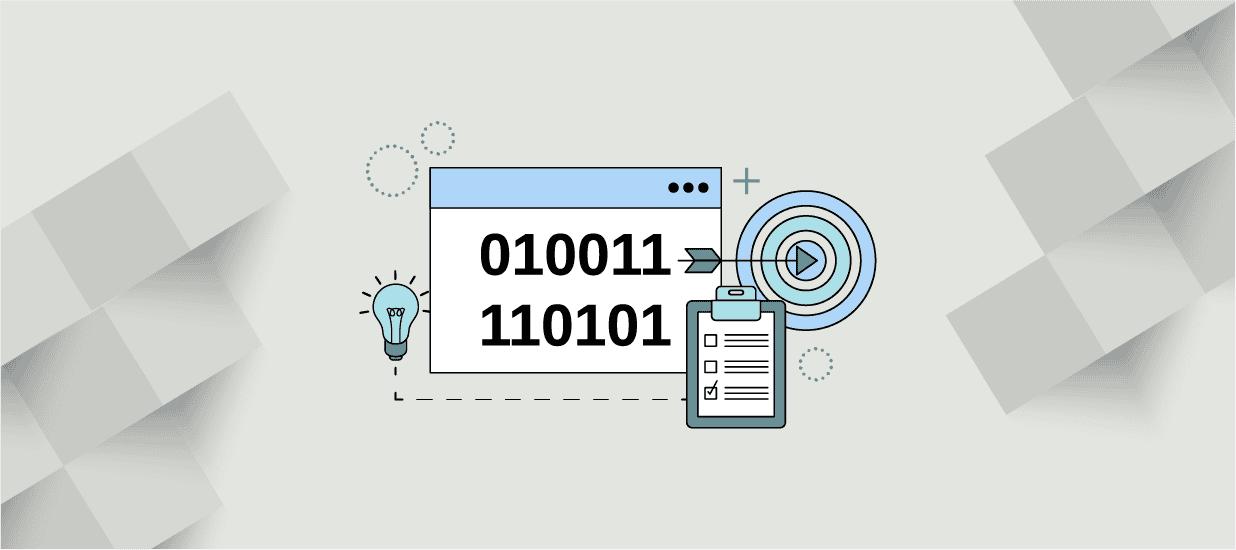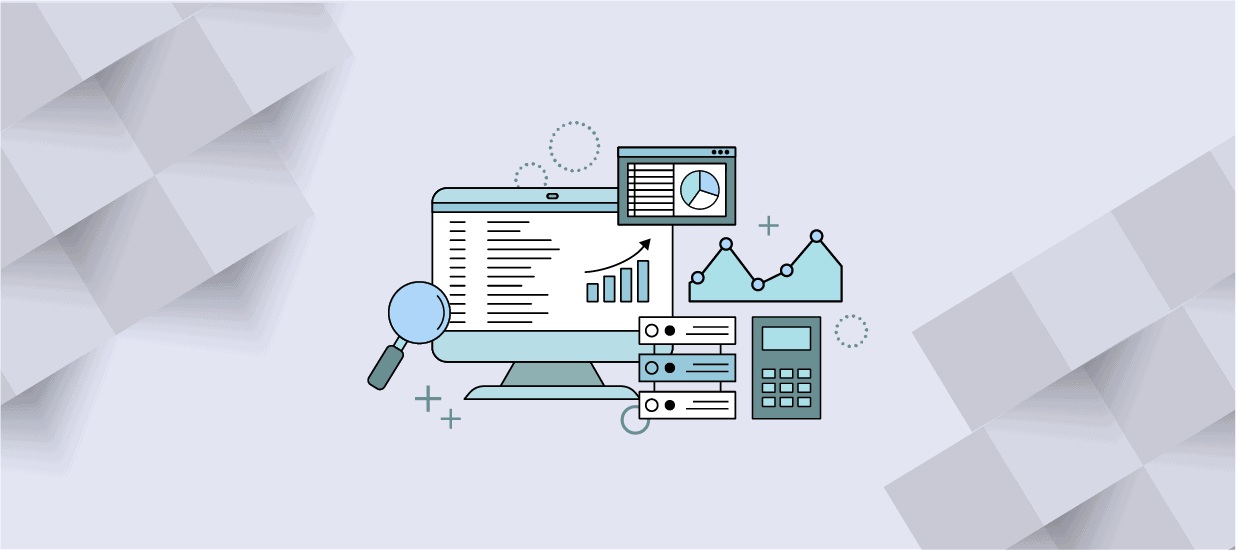Don’t worry; despite what some people say, artificial intelligence (AI) isn’t going to steal your data scientist job! Instead, AI tools like ChatGPT can automate some of the more mundane tasks in your future career, saving you time and energy.
But for AI in data science to be successful, you need to feed artificial intelligence tools with well-written and correctly-formatted prompts, which can be a little difficult. The trick — talk to AI like it’s a friend.
To make life easier, here are some data science prompts to get you started. You can even customize these AI prompts to your particular use case. Just scroll down to the topic you need.
General Prompts for AI in Data Science
You can ask AI tools like ChatGPT general questions about data science to support your projects and better understand this discipline. Doing so can be helpful when learning about the different components of data science, especially when studying this subject.
Check out the following AI in data science prompts that will expand your knowledge:
- Explain the differences between linear regression and logistic regression in simple terms.
- What is a confusion matrix, and how does it help with machine learning? Explain in 100 words or less.
- I’m struggling to understand the concept of regularization in machine learning, especially the difference between L1 and L1 regularization. Can you help me?
- Give me five reasons why data regression is essential for data scientists.
- What data governance frameworks should I know about as a data scientist? How will these frameworks impact my career? I live in the United States.
- What are the ten best tools to use for data classification? List the pros and cons of each tool. I prefer to use open-source software.
- Tell me in 200 words or less the difference between extrapolation and interpolation in a data scientist context. Tell me this information in simple English.
- I only have time to learn one programming language. Would you recommend R, Python, C+++ or something else? I want to get a high-paying job in data science in the next few years.
- I have a limited knowledge of data mining. Tell me more about it and give me some real-world examples of when businesses use this technique.
- What is the best way to segment customers interested in [type of product/service]? How many segments should I use?
Coding AI Prompts
Sometimes, you’ll need to decode, debug, edit, and correct strings of complicated code. Instead of doing this manually or using coding tools, AI can do all the hard work for you if you input the correct prompts!
Here are some AI prompts for coding that will generate valuable responses:
- I have a piece of Python code, which is supposed to [insert function of code]. Can you decipher it for me? [Insert code]
- The following piece of code doesn’t run properly in my database management system. Correct it for me, and tell me where I went wrong. [Insert code]
- What is this SQL code doing? Explain in 100 words or less. [Insert code]
- Help me understand this complicated R code. What is its purpose? [Insert code]
- There’s a syntax error in the following script. Identify it for me. [Insert code]
- A runtime error is causing a program to crash. Fix the error. [Insert code]
- Complete the following code and convert [type of data structure] into [type of output format]. [Insert code]
- Identify and fix any logic errors in the following string of code. [Insert code] Then tell me how I can prevent these errors from happening in the future.
- Criticize the following code and tell me how to improve my coding skills. [Insert code]
- Are there any deadlock problems in the following code? [Insert code]
Prompts for Data Analysis
Data analysis is one of the biggest responsibilities of a data scientist. While you’ll still perform the bulk of analysis, AI tools can guide data science projects and answer any questions about data sets.
Try these AI in data science prompts for yourself and see what responses you get:
- I have some text data from a government website. Can you help me identify any patterns and trends in this data? [Insert data]
- Can you analyze this text data from Twitter and conduct sentiment analysis for me? I want to find out what people think about [name of product/service/brand]. [Insert data]
- Carry out exploratory data analysis on the following data sets. [Insert data sets]
- Analyze this data about website traffic and tell me which web pages are most popular. [Insert data]
- Analyze the following weather data and tell me the most common weather patterns from [date range]. [Insert data]
- I want to conduct an A/B test on two versions of a new web page. What’s the best way to do this?
- Review the following data set and explain why customers are churning. [Insert data]
- Give me five examples of transactional data sets.
- Pretend you’re a data scientist with ten years of experience. Tell me the best ways to analyze the following data set about retail sales. [Insert data]
- Give me 20 of the best KPIs for analyzing call center performance data.
Machine Learning Prompts
Machine learning (ML) requires a vast understanding of math and computer science, which can be challenging when starting in data science. Thankfully, AI in data science tools can help you make sense of machine learning models and even create them for you.
Here are some machine learning prompts:
- I want to create a regression model to predict future sales performance. What tips can you give me to ensure this model generates accurate insights?
- Should I create a supervised learning, unsupervised learning or reinforcement learning model for my data project? [Insert details of your data project]
- Design a sentiment analysis model to help me learn what people say about my company on Facebook.
- Give ten examples of R machine learning scripts.
- Give me ten pros and cons of using scikit-learn in machine learning.
- Tell me, in simple English, how to create a machine learning model for the finance industry. Then give me real-world examples of how this machine learning model will benefit the industry.
- How do you normalize test and training data in an image classification model?
- Recommend three or four Python libraries for machine learning.
- Create a supervised learning model for the retail industry and explain, in detail, how to split data into testing sets.
- Tell me how to apply three different regression algorithms using scikit-lean on the following data set. [Insert data set]
AI in Data Science: Data Visualization Prompts
Data visualization is another task that AI tools can help you with. For example, you can input prompts about how to use your favorite visualization tools and learn about the graphical representation of data.
Here are some prompts for visualization that you should know about:
- How do I create line charts in Seaborn?
- How do I create bar graphs in pandas?
- Create a scatterplot to show the relationship between these variables. [Insert variables]
- What are the benefits of using a histogram to visualize data compared to a bar graph? Give me five benefits.
- Tell me some best practices for correlation analysis.
- I have an upcoming presentation as a data scientist. What data visualizations do the C-suite respond to best?
- Design a pie chart to show the most popular social media platforms used by my customers. [Insert data for pie chart]
- Give an example of a histogram for the Mmatplotlib library.
- What is a stacked area chart in 50 words or less?
- Create a heatmap for the following data set. [Insert data for heatmap]
Final Word
AI in data science can automate mundane tasks you don’t have time for and provide helpful tips for your upcoming projects. Of course, you’ll have to verify the information AI tools generate because they can make mistakes. However, answers from the above prompts can provide a good starting point for data science projects. You can personalize these prompts, input your requests into AI tools, and make smarter data-driven decisions.
Author
-

The Pragmatic Editorial Team comprises a diverse team of writers, researchers, and subject matter experts. We are trained to share Pragmatic Institute’s insights and useful information to guide product, data, and design professionals on their career development journeys. Pragmatic Institute is the global leader in Product, Data, and Design training and certification programs for working professionals. Since 1993, we’ve issued over 250,000 product management and product marketing certifications to professionals at companies around the globe. For questions or inquiries, please contact [email protected].
View all posts

